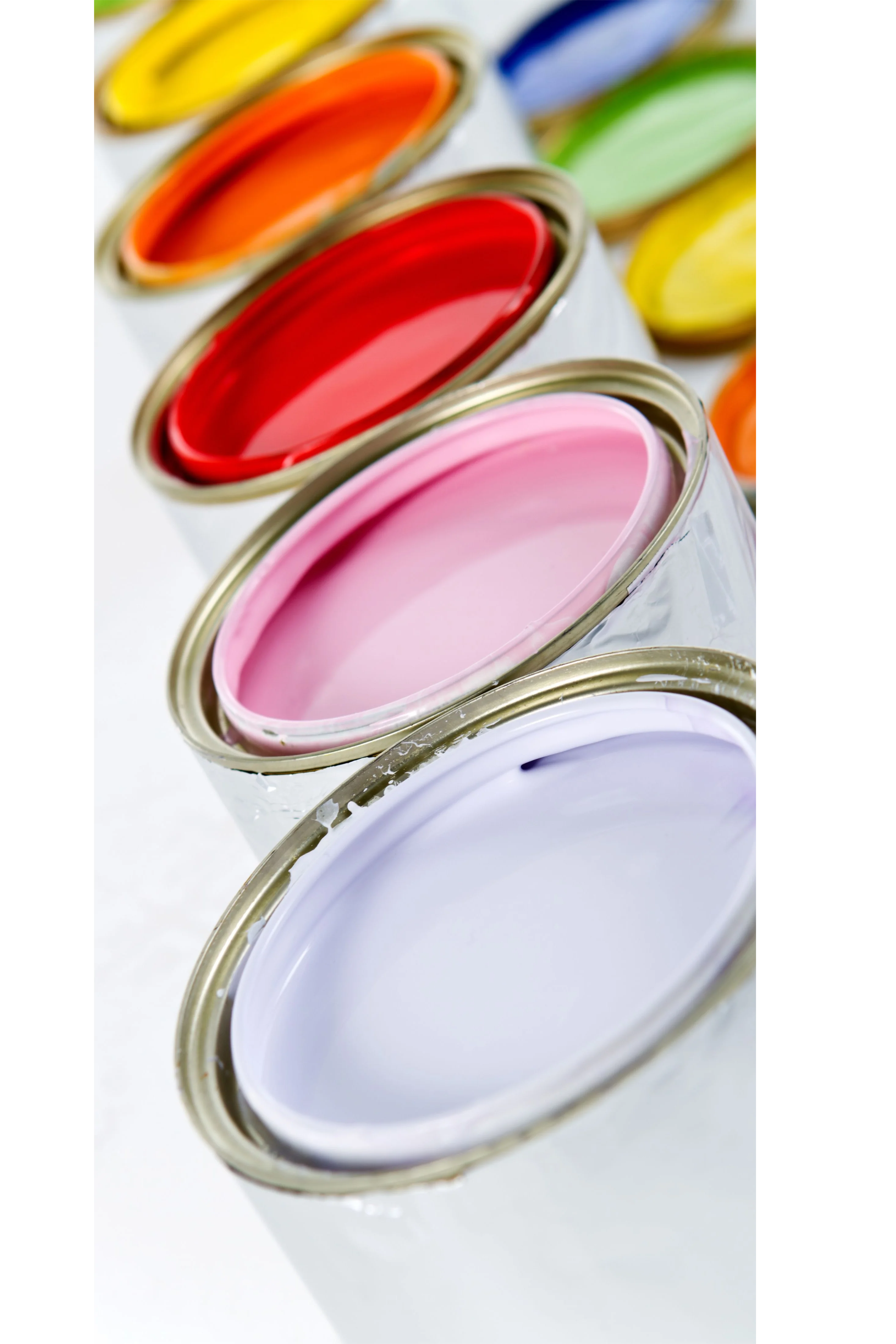
Shipping Paint
Shipping paint necessitates careful packaging, accurate labeling, and compliance with applicable regulations.
How to Ship Paint
Shipping paint through freight offers advantages such as efficient and reliable transportation, expertise in handling hazardous materials, the ability to accommodate larger quantities, and enhanced tracking capabilities. These benefits contribute to a smoother and more streamlined shipping process, providing peace of mind for both shippers and recipients of paint products.
We believe that FreightCenter is the ideal company to consider when shipping paint, offering the convenience of instant quotes, access to a diverse network of carriers, expertise in handling hazardous materials, flexibility in transportation modes, reliable customer support, and efficient tracking capabilities.
Shipping Paint in 5 Easy Steps
- Check Legal Requirements: Ensure compliance with local and international regulations for shipping paint. Familiarize yourself with your location’s packaging, labeling, and documentation requirements.
- Choose Appropriate Packaging: Select suitable packaging materials for paint transportation. Use leak-proof and sturdy containers specifically designed for hazardous materials. Ensure proper sealing and consider using additional packaging.
- Proper Labeling and Documentation: Label the packaging clearly with appropriate hazard labels, including the paint’s name, hazard class, and handling instructions. Make sure to prepare the necessary shipping documents.
- Arrange for Transportation: Select a shipping method suitable for transporting paint, considering the distance, speed, and regulatory requirements.
- Follow Safety Guidelines: Prioritize safety throughout the shipping process. Comply with additional safety requirements, such as securing the load properly during transportation.

Choosing the Right Freight Company to Ship Paint
When shipping paint, partnering with a company that understands the unique challenges and regulations is crucial. Choosing a company with experience in handling hazardous materials, has the necessary equipment and facilities to handle paint shipments safely, has a good track record of complying with hazardous materials regulations, provides adequate insurance coverage for paint shipments, good customer support, and competitive pricing.
At FreightCenter, we understand the unique challenges and regulations of shipping paint. With our expertise, carrier selection, competitive rates, online platform, customer support, network coverage, and tracking capabilities, you can rest assured that your paint will be transported safely and efficiently.
Choosing the Right Transportation Method to Ship Paint
When shipping paint, selecting the appropriate transportation method is essential. Before deciding on which transportation method you will use to ship your paint, you should consider the distance and destination, all applicable regulations, the urgency of your shipment, the level of tracking and visibility provided, the costs associated with each transportation method, and make sure that whichever way you choose transports hazardous materials.
Several transportation methods are available for shipping paint, each with its advantages and considerations. The three most commonly used are air, ocean, and ground freight.
- Air freight is a fast and efficient option for shipping paint, particularly for time-sensitive or international shipments. It provides quick transit times and can be suitable for smaller quantities.
- Ocean freight is typically used for international shipments of paint in large quantities. It is cost-effective for long-distance transportation, but it has longer transit times.
- Ground Freight is popular for shipping paint, especially for shorter distances or domestic shipments. It offers flexibility in terms of pickup and delivery locations.
Necessary Documents to Ship Paint
When shipping paint, there are several important documents that you may be required to prepare. When shipping freight, it is crucial to provide proper documentation to comply with regulations, ensure transparency and accountability, mitigate risks, and facilitate efficient and secure transportation. It helps shippers, carriers, customs authorities, and other stakeholders involved in the logistics chain to execute their roles effectively and contributes to a smooth, safe, and reliable freight shipping process. At FreightCenter, we can help you with your documentation services and ensure you have all the necessary forms for your shipment.
You may need a Bill of Lading, Safety Data Sheet, Commercial Invoice, Hazardous Materials Shipping Papers, Permits and Certifications, and Export/Import Documentation. It is essential to consult with the chosen freight carrier to determine the exact documentation requirements for shipping paint. By ensuring the proper documentation is in order, you can facilitate the safe and compliant transportation of paint while meeting legal and regulatory obligations.
How to Prepare Paint for Transportation
Preparing paint for freight transportation requires careful packaging and adherence to specific guidelines. A few general steps are recommended to prepare the equipment for safe and compliant delivery to its intended destination.
- Choose leak-proof containers specifically designed for transporting paint. Metal or plastic cans with tightly sealed lids are commonly used.
- Ensure all containers are tightly sealed to prevent any leakage or spillage during transportation. Double-check the lids to ensure they are properly closed and secure.
- Make sure that the labels and instructions on the paint containers are clear, legible, and securely attached. These labels provide important information about the paint’s contents, hazards, and handling instructions.
- For additional protection, place paint containers in secondary packaging, like plastic bags or absorbent material, to prevent leaks or spills.
- Properly cushion and stabilize the paint containers within the shipping box or pallet. Use cushioning materials like bubble wrap or foam to minimize the risk of breakage or movement during transit.
- Select packaging materials that are suitable for paint transportation. Avoid using materials that can react with the paint or cause damage, such as newspapers or incompatible plastics.
- Clearly label the outer packaging as containing paint. Include any required hazardous materials labels or markings based on applicable regulations.
Regulations and Standards for Shipping Paint
Specific regulations for shipping paint will vary depending on its destination. It is important to thoroughly research and understand the rules and standards that apply to paint transportation in your specific region or country. Compliance with these regulations helps protect the safety of personnel, the environment, and the integrity of the shipment while avoiding potential legal and regulatory consequences.
Key standards and regulations involved with shipping paint to be aware of are Hazardous materials regulations which provide guidelines for the safe transportation of hazardous substances. The United Nations standards specify the design, construction, and performance criteria for packaging. Safety Data Sheets that provide information about the composition, hazards, handling instructions, and emergency procedures. The IMDG Code sets forth regulations for safely transporting dangerous goods by sea. The IATA Dangerous Goods Regulations govern the transportation of hazardous materials by air. Also, local or regional restrictions may apply to the transport of paint.
How Much Does it Cost to Ship Paint?
It’s important to note that freight rates are not standardized and can vary among carriers and shipping providers. Some key considerations that can influence the cost include:
- The distance between the origin and destination
- The weight and volume of the paint shipment
- The transportation mode chosen
- Any additional services or requirements.
Providing accurate information about the shipment’s weight, dimensions, origin, destination, and specific requirements will help obtain more accurate cost estimates.
